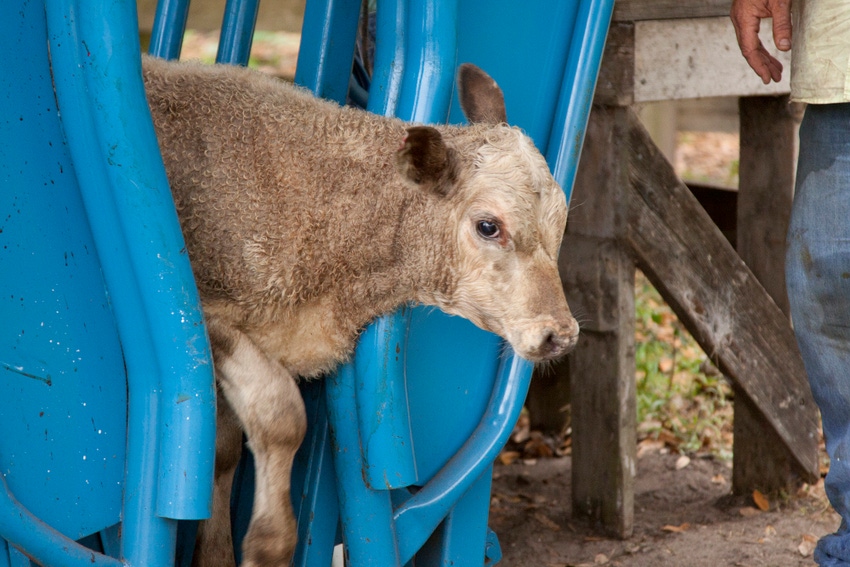Making cattle handling facilities work
Corral and working facility design must be matched to the specific beef cattle operation.

For many spring calving herds, branding and working calves is soon approaching. Typical best management practices include giving the first round of vaccinations when calves are 2 – 4 months of age. This is often when we think about facilities, either improving what we have or building something new because cattle handling can be time consuming and complicated. Because of this, it is important that corrals and facilities are constructed to confine cattle safely and efficiently for close observation and to perform routine health and management procedures. To accomplish these goals, the corral and working facility design must be matched to the specific beef cattle operation. Detailed planning is important to ensure that the corral and working facility meet these needs as well as providing for efficient future expansion. As well, an important consideration during planning is to develop a design that accommodates your desired cattle working procedures while making efficient use of labor, reducing animal stress and minimizing the risk of injury to both humans and cattle.
Basic components
The basic components of a cattle working facility include:
Holding pens/sorting alley
Crowding area (sweep tub or bud box)
Working chute (Alleyway)
Squeeze chute and head gate
Loadout chute
The holding/sorting pens serve as the initial catch pens for cattle. Cattle are then sorted and processed to a crowding area for purpose of sending through an alleyway leading to a loadout chute or squeeze chute and head catch. The squeeze chute is the part of the system where health and management procedures would be administered.
Cattle behavior
Efficient corral design results in a means to work cattle with less labor, additional safety and greater ease. When cattle behavior is considered in designing a working system, it results in improved corral and working system plans. Several basic principles of cattle behavior include:
Cattle want to see you
Cattle want to go around you
Cattle want to be with other cattle
Cattle want to return to where they have been
Cattle process one main thought at a time
Accordingly, once the gate has been closed on a group of cattle being held in a lot, their first and strongest desire is to find their way out. Understanding basic behavior principles results in good corral designs made to take advantage of cattle’s natural instincts.
Location
If building from scratch, the first consideration is location. Corrals should be easily accessible by trucks and trailers under adverse weather conditions and handy to most pastures for easy movement of cattle into the facilities. For convenience, working facilities should be placed along a central fence line in an area where several fence lines and pastures converge. Drainage is another important consideration when selecting a site for working facilities. The site should be well drained to avoid mud and sanitation problems caused by standing water. On some sites, it may be best to haul in gravel or other fill materials to raise the level of the site for better drainage. While some slope is desirable, avoid steep slopes where manure runoff could cause water pollution problems. Avoid sites that are directly adjacent to neighboring residences, where dust, flies, noise, and odor might be an issue during times of high use.
Summary
A properly designed cattle working system is a long-term investment that should be thoroughly considered and planned before construction. Proper planning can result in a facility well suited for your operation and free of “built-in” problems. A good working system benefits cattle and humans alike and can improve the productivity and profit potential of your operation. Some excellent reference materials are listed below to help get started in planning and thinking through the building process.
About the Author(s)
You May Also Like


.png?width=300&auto=webp&quality=80&disable=upscale)
